Subscribe
Over the past several years, many vehicle manufacturers have started moving away from aluminum clamp-in valve stems and switching to rubber snap-in valve stems instead. The main reason for this switch is that aluminum clamp-in stems are more susceptible to corrosion than their rubber counterparts; especially in certain climates and locations where the valve stem
Over the past several years, many vehicle manufacturers have started moving away from aluminum clamp-in valve stems and switching to rubber snap-in valve stems instead. The main reason for this switch is that aluminum clamp-in stems are more susceptible to corrosion than their rubber counterparts; especially in certain climates and locations where the valve stem is frequently exposed to salt, sand, humidity or road grime.
Programmable TPMS sensors revolutionized TPMS. They are a huge benefit to shops looking to increase inventory turns and are a saving grace during these times of extreme part proliferation. However, a very common and costly mistake at the shop level is confusing “programming” a sensor with to “relearning” the vehicle. Programming does not equal relearning.
By Jacki Lutz
One of the diagnostic mantras preached by service experts today is “test before you touch.” You should always use a TPMS tool to activate and check the response signal from each tire pressure sensor in each wheel before you do anything else. This will tell you: Related Articles – Adding Retrofit TPMS Kits to Older
By Tire Review Staff
Like any other product or service, charging for a TPMS service can be a bit of a science.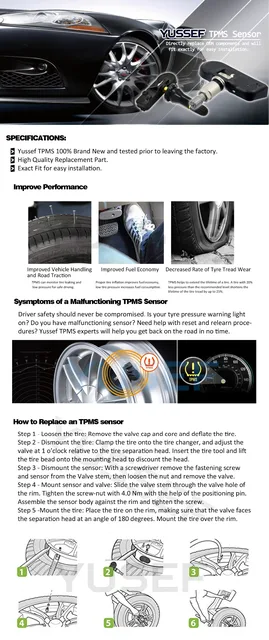 You really want to consider three things: the product(s) you want to offer, the service(s) you want to provide, and depending on the answers to those two questions, your brand positioning in the market. Related Articles –
You really want to consider three things: the product(s) you want to offer, the service(s) you want to provide, and depending on the answers to those two questions, your brand positioning in the market. Related Articles –
By Jacki Lutz
Sensata debuted its new Tire Mounted Sensor (TMS), which includes TPMS functionality as well as an accelerometer to detect the force with which the tire is striking the ground. Mounted directly to the tire’s inner liner, the TMS identifies the brand and model of the tire and provides data continuity for the specific tire throughout
By Samuel Grom
Hamaton is launching an aftermarket BLE (Bluetooth Low Energy) sensor exclusively for Tesla vehicles. Hamaton says the new sensor is a direct replacement for the Sysgration BLE sensor. The company says that an alert is sent to the vehicle’s computer system via BLE when air pressure drops to trigger the TPMS light. Related Articles –
The company says that an alert is sent to the vehicle’s computer system via BLE when air pressure drops to trigger the TPMS light. Related Articles –
By Christian Hinton
As a tire dealer, I am sure you have one or two TPMS tools laying around your shop. While they may be popular, diagnosing a malfunction might seem a bit confusing at times and somewhat time-consuming. Not to mention if you have to reprogram a diagnostic tool to meet the vehicle’s application specifications. Related Articles
By Christian Hinton
Alligator sens.it RS universal TPMS sensors now cover Mazda vehicles with highline TPMS. Related Articles – Autel Releases Software Updates for MaxiSys Ultra Tablets – Vredestein Markets Pinza HT at Outdoor Locations Across US – Vogue Tyre Introduces Classic White Wide Whitewall Tire Most Mazda vehicles used indirect TPMS for a few years, but new
By Theresa Lovrak
Over the last decade, the introduction of tire pressure monitoring systems (TPMS) has revolutionized the way motorists, shops and manufacturers approach tire maintenance. The system provides a great safety benefit to motorists by alerting them of underinflated tires. Low tire pressure may lead to a blowout and vehicle crash. Improper installation or maintenance of TPMS sensors can create challenges for technicians and shops.
The system provides a great safety benefit to motorists by alerting them of underinflated tires. Low tire pressure may lead to a blowout and vehicle crash. Improper installation or maintenance of TPMS sensors can create challenges for technicians and shops.
A dashboard TPMS warning light on a vehicle could be signaling one or multiple issues such as a dead or dying sensor battery, a system’s inability to communicate with all vehicle sensors or low pressure in one or more tires. Following the TREAD act, all vehicles model year 2008 and newer are required to be equipped with TPMS, which increases vehicle safety by monitoring tire pressure and communicating this information to the driver.
The first cycle of vehicles affected by the TREAD act, which includes the roughly 6.8 million new vehicles sold in the United States in 2008, are prime candidates for TPMS service as their sensors are beginning to reach the end of their 7-10 year life expectancy. With millions of vehicles expected to need TPMS sensor replacement, it’s important to know what is involved with the replacement, installation and relearn of TPMS sensors.
When investigating the cause of the TPMS warning light, start with a visual inspection. How old is the vehicle? Do the tires look low or flat? Is there physical damage on the sidewall, tread or rim?
Once you find the issue, it can be fixed. A tire may need air, repair or replacement, a rim may be damaged and need replacing or a sensor may be damaged or dead. Each time a tire is replaced or moved to a different position on the vehicle, or when installing new TPMS sensors, you may need to reprogram the system.
When replacing or recalibrating the sensors, manufacturers have created specific steps to put the vehicle in learn mode and program sensors. Some vehicles may relearn sensors automatically when tires are rotated. However, most TPMS sensors will require an action by you to relearn or reprogram them. To save time, a standalone or paired TPMS tool can be used to reset and relearn sensors quickly. Some tools will walk you through the relearn process. This includes putting the system in learn mode and reading each sensor. Some diagnostic scan tools will also include relearn procedures.
This includes putting the system in learn mode and reading each sensor. Some diagnostic scan tools will also include relearn procedures.
Your customer may see the TPMS dashboard light as an annoyance, but you can educate them on the importance of proper and improper TPMS maintenance.
The major benefits of TPMS maintenance are extended tire life and safety. The system ultimately saves time and money by helping maintain proper tire pressure for even wear, better fuel economy and extended tire life.
A broken TPMS may also lead to lower fuel economy. With properly maintained and inflated tires, your customers can get better gas mileage and spend less at the pump.
As mentioned above, improper inflation can have a catastrophic impact on vehicle safety, including tire breakdown and failure. Properly inflated tires can mean the difference between safe driving and a higher risk for accidents.
In comparison to other systems in today’s vehicles, TPMS is relatively straightforward. However, don’t overlook two factors in TPMS service – the spare tire and location of the sensor within each tire.
However, don’t overlook two factors in TPMS service – the spare tire and location of the sensor within each tire.
A spare tire typically remains forgotten, mounted to the frame or in the trunk, but for some TPMS systems, it’s a crucial factor in recalibration. If you don’t activate the sensor in the spare tire, the system will give a false read. Alternatively, an active sensor in the spare tire will be recognized by the vehicle, so it may be the source of the warning light as well. Always check the spare tire when servicing TPMS.
When changing a tire, you risk damaging a TPMS sensor. The highest danger is when you’re breaking the bead and removing the old tire, particularly when breaking the bead using a tool such as a pry bar. Use care when prying around the valve stem, where most modern-day sensors will be located.
“Don’t overlook two factors in TPMS service – the spare tire and location of the sensor within each tire.”If a customer is simply looking for you to turn off their TPMS light without fixing the underlying cause, this type of situation can create unnecessary liability for you and your shop.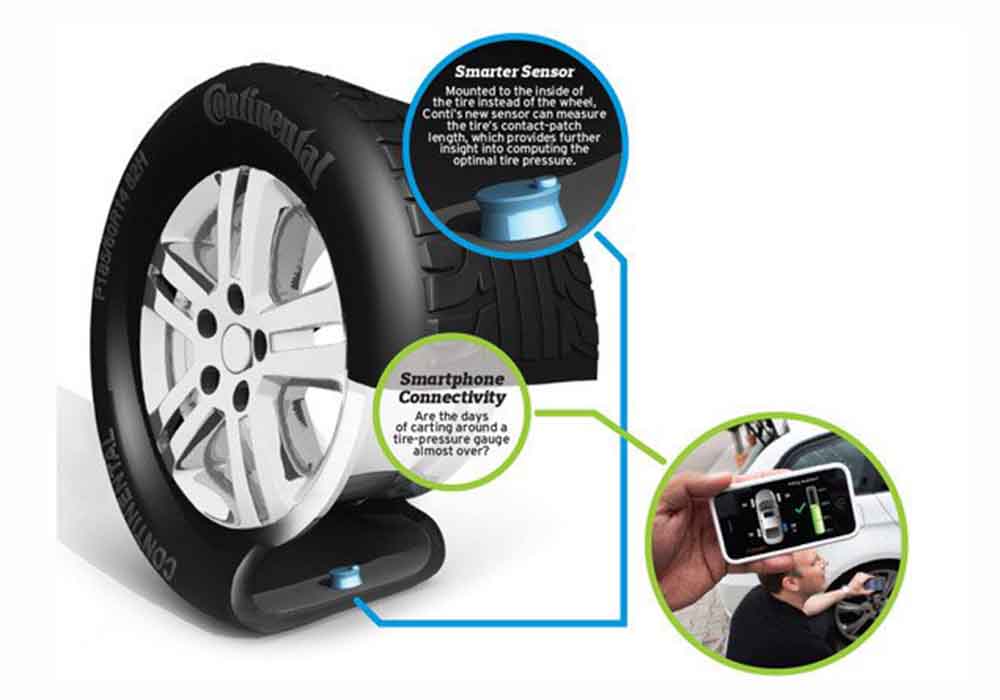 If you turn off the light without fixing the issue, you are violating the NHTSA’s “make inoperative” provision, which then leaves shops legally responsible for disabling the TPMS. It is your responsibility to explain this to your customer, and to refuse service if they decline to have the issue properly fixed.
If you turn off the light without fixing the issue, you are violating the NHTSA’s “make inoperative” provision, which then leaves shops legally responsible for disabling the TPMS. It is your responsibility to explain this to your customer, and to refuse service if they decline to have the issue properly fixed.
If a single sensor has reached the end of its lifespan, it is highly recommended to replace all sensors at the same time. Similar to headlights, once one sensor dies, the rest are likely to be close behind. The same is true for a corroded valve stem or other non-impact sensor replacement. This is an important point for your customers to understand and can help you provide the best service for their vehicle. It also is a convenience to them.
For any motorists that swap their tires out for changing seasons, it’s crucial that the TPMS sensors are reactivated and recalibrated each time. If this is not done, the vehicle’s TPMS will not perform properly and may cause the TPMS light to turn on.
TPMS is not going away. If you haven’t had to replace or relearn sensors before, you will in the future. A dedicated TPMS tool will help you and your shop from turning business away and allowing you to relearn and reprogram sensors faster.
Look for a tool with built-in reprogramming features so you’ll have all the information needed to complete the job quickly. One with an OBDII dongle can even put the vehicle into learn mode and wirelessly scan and relearn new sensors. Other tools can pair with your OTC diagnostic tools to relearn new sensors or work as a standalone tool. The right equipment can make the difference.
OTC 3834tTPMS equipment is a useful option that is equipped with modern cars. TPMS monitors the tire pressure and signals the change in the parameter to the on-board computer.
If such equipment is installed on your car, this is not an obstacle to fast and high-quality tire fitting. But it is difficult to cope with this task on your own, since the use of specialized equipment is required. To the question of how to tire with pressure sensors, the answer is simple - visit Tuningberg LLC, where experienced craftsmen will perform the work in the shortest possible time. Our mechanics visually determine the presence of control equipment, but it is safer to warn about the gadget in advance, since the sensors are very fragile and prone to breakage. nine0005
But it is difficult to cope with this task on your own, since the use of specialized equipment is required. To the question of how to tire with pressure sensors, the answer is simple - visit Tuningberg LLC, where experienced craftsmen will perform the work in the shortest possible time. Our mechanics visually determine the presence of control equipment, but it is safer to warn about the gadget in advance, since the sensors are very fragile and prone to breakage. nine0005
Control and measuring devices are made of two types: external and internal.
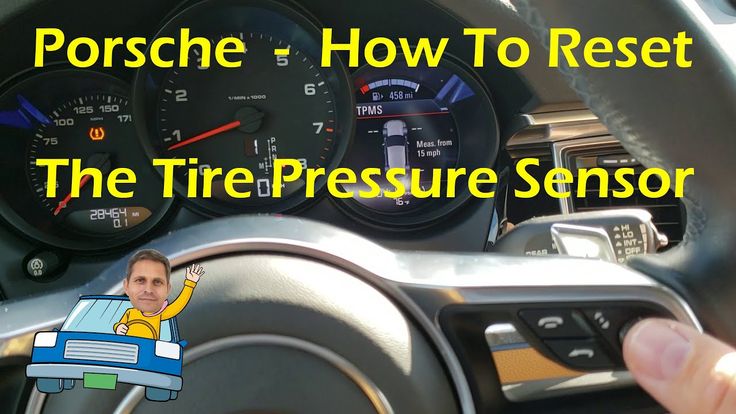 nine0014
nine0014 When replacing wheels, increased accuracy is required, which will be provided by our masters.
The installed pressure sensor is not a serious obstacle, but requires precautions when mounting or dismantling the rubber.
During the process, it is unacceptable to apply external influence to the device. From the description it is clear that it is impossible to carry out work without having the skills and without the use of specialized equipment.
From the description it is clear that it is impossible to carry out work without having the skills and without the use of specialized equipment.
If your car is equipped with such equipment, be sure to contact a car service to reinstall seasonal tires. The question arises whether it is possible to install devices on both sets of wheels and replace them yourself. No, it causes difficulties. nine0005
After installing the wheels, the computer does not perceive the signal, and this is normal, since the cars standing nearby will transmit information that does not correspond to reality, therefore, recoding of the control equipment is required. This operation is carried out quickly: nine0005
This operation is carried out quickly: nine0005
After that, the circuit returns to normal and functions properly.
Our company employs qualified mechanics with extensive experience in tire fitting of wheels equipped with pressure sensors. They use modern high-tech equipment and follow the recommended work steps exactly. As a result, our customers are protected from marriage and breakdowns. nine0005
Independent work can lead to malfunctions of complex equipment, the elimination of which will require time and additional costs.
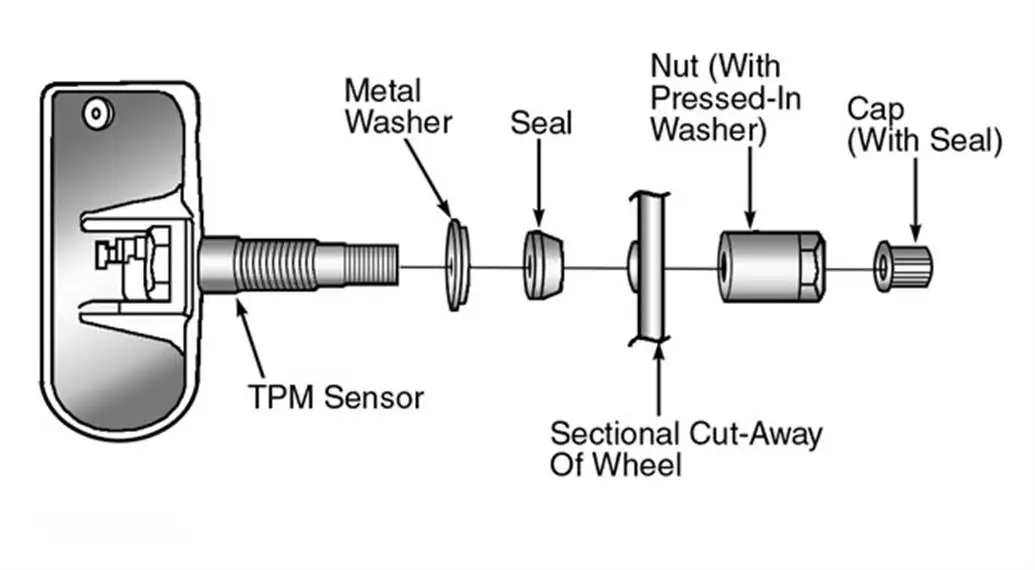 nine0014
nine0014 Call and come. The employees of Tuningberg Ltd. are ready to cope with the most difficult problem. Our company is a reliable and responsible partner.
array ( [ID] => 59[~ID] => 59 [IBLOCK_ID] => 6 [~IBLOCK_ID] => 6 [NAME] => How to tire change tires with pressure sensors [~NAME] => How to tire change tires with pressure sensors [PREVIEW_TEXT] =>
Installed tire pressure sensors can complicate self-mounting tires, as the whole procedure for changing tires will change a little. In this article, you will learn how professionals carry out tire fitting of wheels with pressure sensors and what nuances you should pay attention to. And also why it is better to turn to professionals, and not try to do it yourself.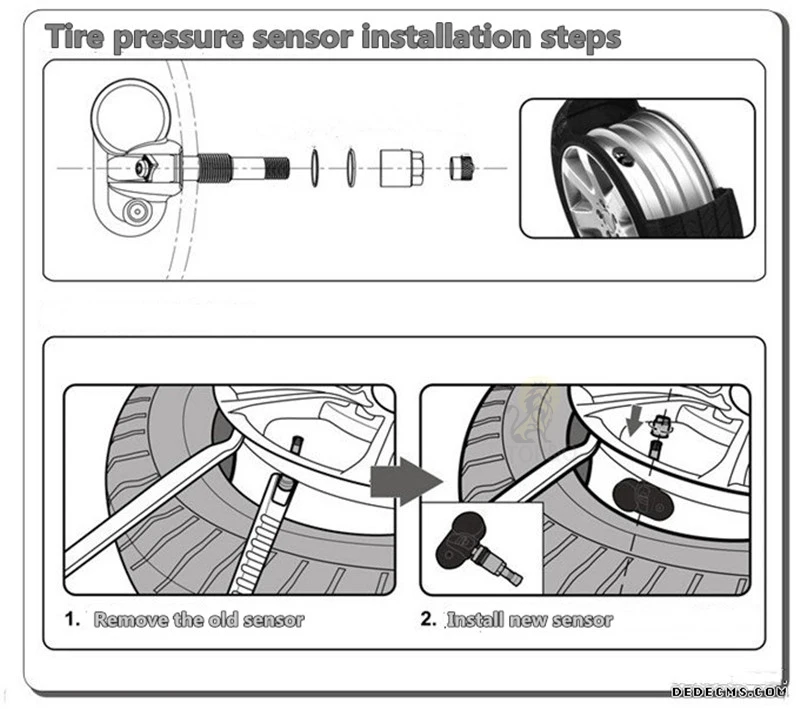 nine0005
nine0005
[~PREVIEW_TEXT] =>
Installed tire pressure sensors can complicate self-mounting tires, as the whole procedure for changing tires will change a little. In this article, you will learn how professionals carry out tire fitting of wheels with pressure sensors and what nuances you should pay attention to. And also why it is better to turn to professionals, and not try to do it yourself.
[PREVIEW_PICTURE] => 604 [~PREVIEW_PICTURE] => 604 [DATE_CREATE] => 19.10.2020 18:50:49 [~DATE_CREATE] => 10/19/2020 18:50:49 [DATE_ACTIVE_FROM] => 01/08/2021 19:37:00 [~DATE_ACTIVE_FROM] => 01/08/2021 19:37:00 [PREVIEW_TEXT_TYPE] => html [~PREVIEW_TEXT_TYPE] => html )
| DIY
| |||
(Different brands) various - Video lesson Model: (Different brands) various In order to remove the tire pressure sensor, you must first loosen the bolts securing the wheel corresponding to the sensor to be removed. In this way it will also be possible to disconnect the wheel itself and remove the cap that allows the tire to be inflated: therefore it will be necessary to apply pressure on it until the tire is no longer in contact with the rim. Published 8 March 2022 by ScegliAuto | Peugeot 405 clutch cable disassemblyLet's see how to disassemble and replace the Peugeot 405 clutch cable. Let's start by disassembling the tie pins of the clutch cable (engine compartment and passenger compartment). Having unscrewed the bolts from the seat, remove them; pull the clutch cable into the car. After the cable is removed: we assemble a new part in the engine compartment. Finally, we tighten the pins well and check the correct operation of the clutch. We correct the tension with the same. nine0005 Watch the video! by ScegliAuto more videos Posted on 6 September 2022 byScegliAutoPosted on 5 September 2022 by ScegliAuto Posted on 5 September 2022 by ScegliAuto Posted on 5 September 2022 by ScegliAuto Posted on 5 September 2022 by ScegliAuto Posted on 4 September 2022 by ScegliAuto Posted on 2 September 2022 by ScegliAuto 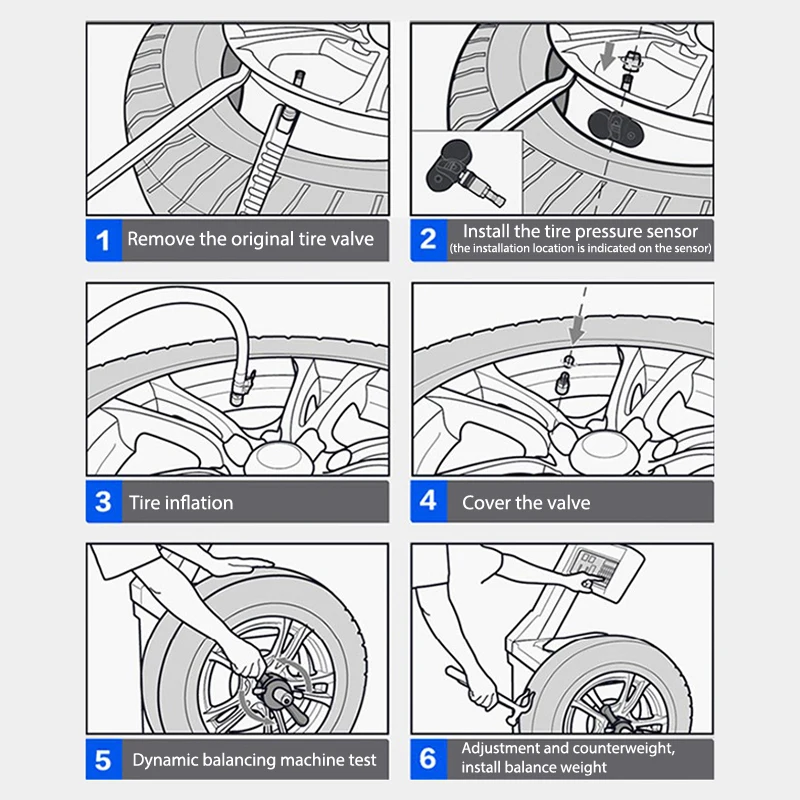 |